The world is not running out of rubber, Continental Tyres’ head of technical services has told CAT, but only if it is continued to be responsibly sourced.
“As with all commodities, natural rubber supplies fluctuate and are vulnerable to external factors like the weather – but the world is not running out,” said Steve Howat.
This question, sparked by the growing chatter around the sustainability of car and their parts, was one of a number we asked Howat as the UK’s tyre sector has grown to more than 700 brands.
So, what next for the industry, especially as we move into the EV age? We sit down with Howat to discuss.
Is there a tyre scarcity? Is the rubber running out?
As with all commodities, natural rubber supplies fluctuate and are vulnerable to external factors like the weather – but the world is not running out.
We only consider natural rubber to be a sustainable material when it’s responsibly sourced, and have developed an invisible marker that makes this possible. The substance is added to responsibly grown latex during harvesting and can withstand not only the intensive preparations involved in the production of natural rubber but also the tyre manufacturing process itself. This means that responsibly sourced natural rubber and its origin can be verified at every stage of the supply chain, all the way to the end user.
We also use a mass balance credit mechanism whereby we market a set volume of tyres as ‘Project TREE’ tyres – to reflect the amount of traceable and responsibly-sourced natural rubber we buy through ITOCHU’s Project TREE (Transparent Rubber Ecosystem for Earth) initiative.
At the same time, we are finding innovative new ways to source natural rubber. Russian dandelion (Taraxacum kok-saghyz) is a relatively low-maintenance plant that contains a high volume of natural rubber and that grows in temperate regions across the world.
This is a major advantage over the rubber tree (Hevea brasiliensis), which grows only in tropical climates – today mainly in Southeast Asia – and means dandelions can be cultivated in fields close to tyre plants. Through our Taraxagum project, we are working to prevent tropical deforestation and reduce the carbon emissions resulting from the long distances involved in transporting conventional natural rubber.
Talk to me about recycled tyres. Are they important in our green-conscious world?
We are open to reuse and recycling initiatives that deliver real sustainability benefits, as long as there is absolutely no compromise to the performance of the tyre compared with a new one made from virgin materials. We don’t advocate the sale of part worn tyres because of the potential safety and quality implications.
In the car market, it tends to be down to the retailer to dispose of a used tyre in the right legal manner. While we don’t currently recycle car tyres ourselves, we work with customers who take a responsible approach to tyre disposal and recycling. And we use recycled materials from elsewhere in our tyres’ construction, including from agriculture and the paper and wood industries. And we recycle material that would otherwise end up in landfill, like PET bottles.
Truck tyres are designed in such a way that we can apply an entirely new rubber compound onto a used tyre casing making the retread tyre look and perform just like new. The result is a solid rubber tyre applied to selected high-quality casings that have been thoroughly checked following a standardised and safe protocol, saving raw materials and reducing the need for scrapping, exportation and incineration of worn-out tyres. We are always looking for ways to share learnings and ideas across our different divisions.
Speaking of, how do you keep tyres as green as possible?
We’re constantly investing in research and development, new technologies, alternative materials and environmentally-compatible production processes. Through these efforts, we’re aiming for a gradual transition to 100% sustainably produced materials in our tyres by 2050.
As part of this, we’re pioneering a project to ensure full traceability of the natural rubber supply chain in the Indonesian province of West Kalimantan, which meets our sustainability criteria and increases the income of local smallholders. We have developed a substance that enables the invisible marking of natural rubber with information on its geographical origin, and that’s proven to withstand the tyre production process.
We recently launched the UltraContact NXT: the most sustainable tyre series in the world. The NXT is made of up to 65% renewable, recycled and ISCC PLUS mass balance certified materials, including ContiRe.Tex alongside waste products from agriculture and the paper and wood industries.
It’s our mission to be the world’s most progressive tyre manufacturer in terms of environmental and social responsibility – and as well as focussing on material sourcing, we are reducing the impact of our operations and optimising the use of our products and our products’ end of life, while promoting sustainable activities, behaviours and best practice.
Is there a difference between EV and ICE tyres?
We don’t categorise our tyres as EV or ICE-specific, because of the risk of over-simplification and confusion around which tyres can be fitted to which vehicles.
There is huge variety within both vehicle types. If we look at EVs for example, a Renault Zoe is very different to a Tesla Model S. That’s why we always recommend identifying the right tyres for each vehicle on a case-by-case basis.
The best way to go about it is to opt for a like-for-like replacement for the tyres the ICE or electric vehicle came with when new, otherwise known as OE (original equipment) tyres. This means the car remains as the vehicle manufacturer intended – covering everything from safety to performance and emissions.
Car manufacturers in Europe use our tyres for every third new car – that’s more than 800 models. And seven of the ten highest-volume manufacturers of EVs in the world – including Tesla, Porsche, Mercedes-Benz, KIA, BYD and Ford – use our tyres as original equipment.
The hard work is done during the homologation and type approval process, during which the tyre is refined and perfected over a period of years to meet the OEM’s stringent requirements, which involves specifying certain features and characteristics to suit the vehicle’s intended use and drivetrain.
Is it important for EVs to use a specific type of tyre, then?
While we don’t offer ‘EV tyres’ as such, we do offer tyres with several features that help drivers get the best out of an EV – features that tend to come on our EV original equipment, specified by seven of the ten highest-volume EV manufacturers in the world. These features have been designed to address any concerns about excess load, range anxiety and cabin noise. Our latest generation ranges feature an ‘EV compatible’ logo to indicate their suitability for battery powered vehicles.
Tyres for electric vehicles carry a heavier load and have to withstand high instant torque, which can lead to higher tyre wear, meaning tyres with stronger constructions and more robust rubber compounds are needed.
With high instant torque, increased weight, the demand for a long range and lower emissions comes an even greater need for minimal rolling resistance, so tyres for EVs offer a smoother, more energy-efficient and low-impact ride.
What about winter/summer tyres. Are they important?
We have recently completed some consumer polling that revealed 64 per cent of UK motorists believe they have all-season tyres fitted to their vehicles… but market data shows that all-season tyres account for less than 10 per cent of the UK car parc.
And for summer tyres, the opposite is true. Just eight per cent of UK motorists think they have summer tyres fitted – when in fact it’s 91 per cent.
Summer tyres dominate the UK market even though arguably we have an all-season climate. There is no legal requirement in this country for drivers to have winter capability – which can be achieved with all-season or winter tyres.
Would you implore dealers to stock multiple tyres, or are all-weather just good enough?
Safety is our primary concern and the same should be true for retailers. It’s important to understand what drivers intend to use their vehicles for and to recommend a tyre that will deliver in terms of safety as well as performance and sustainability. Nine times out of ten this means specifying the OE approved tyre for the vehicle.
Summer tyres will ultimately perform best from a handling and braking performance perspective in normal UK weather conditions – and are the best option for drivers looking to get the best out of high performance vehicles – but their lack of winter capability can present challenges during extreme weather events.
Drivers who live in remote parts of the country and who handle extreme weather and difficult terrain more regularly, or who wish to take their car abroad (e.g. to The Alps), might be better off choosing a tyre with winter capability. They can opt for a winter tyre – if they’re happy to change tyres throughout the year – or potentially a more convenient all-season option.
How goes business for Continental Tyres in the UK?
As recently reported, Continental’s Tyres group sector had another strong quarter.
Despite declining volumes in the tyre replacement business, there has been an increase in sales. This can be attributed in part to sustained demand for premium tyres which maintain a high share of the market.
What’s the next big thing in tyres for Continental Tyres?
We have two exciting new tyres in production, due to arrive in the UK market shortly.
The AllSeasonContact 2 is our best all-season tyre yet, offering the best possible driving control in any weather situation, better fuel efficiency, enhanced safety and a better experience at the wheel. We’ve used new materials in the tyre’s construction and made innovative changes to the tread pattern and compound, which includes a newly developed, flexible elastomer network that adapts to the road surface.
This has resulted in a six per cent reduction in rolling resistance compared to the tyre’s predecessor and has increased mileage by 15 per cent. There will be 99 variants of the AllSeasonContact 2, covering 87 per cent of all vehicles on the market, including the all-electric Tesla Model 3, VW ID.Buzz, CUPRA Born and more.
The UltraContact NXT is the most sustainable tyre series in the world, made of up to 65% renewable, recycled and ISCC PLUS mass balance certified materials. As well as bearing the ‘contains recycled materials’ logo, the tyre also features the EV Compatible logo and will be available for popular vehicles like the Kia Niro, VW ID.3, Mercedes-Benz EQA, Tesla Model 3, Audi Q4 E-TRON, Skoda Octavia, VW Golf 8, Audi A3 and many more.
Several tyre manufacturers have produced concept tyres with a high share of recycled and renewable materials. But we are the first to bring a serial production tyre to market made from up to 65 per cent sustainable materials.


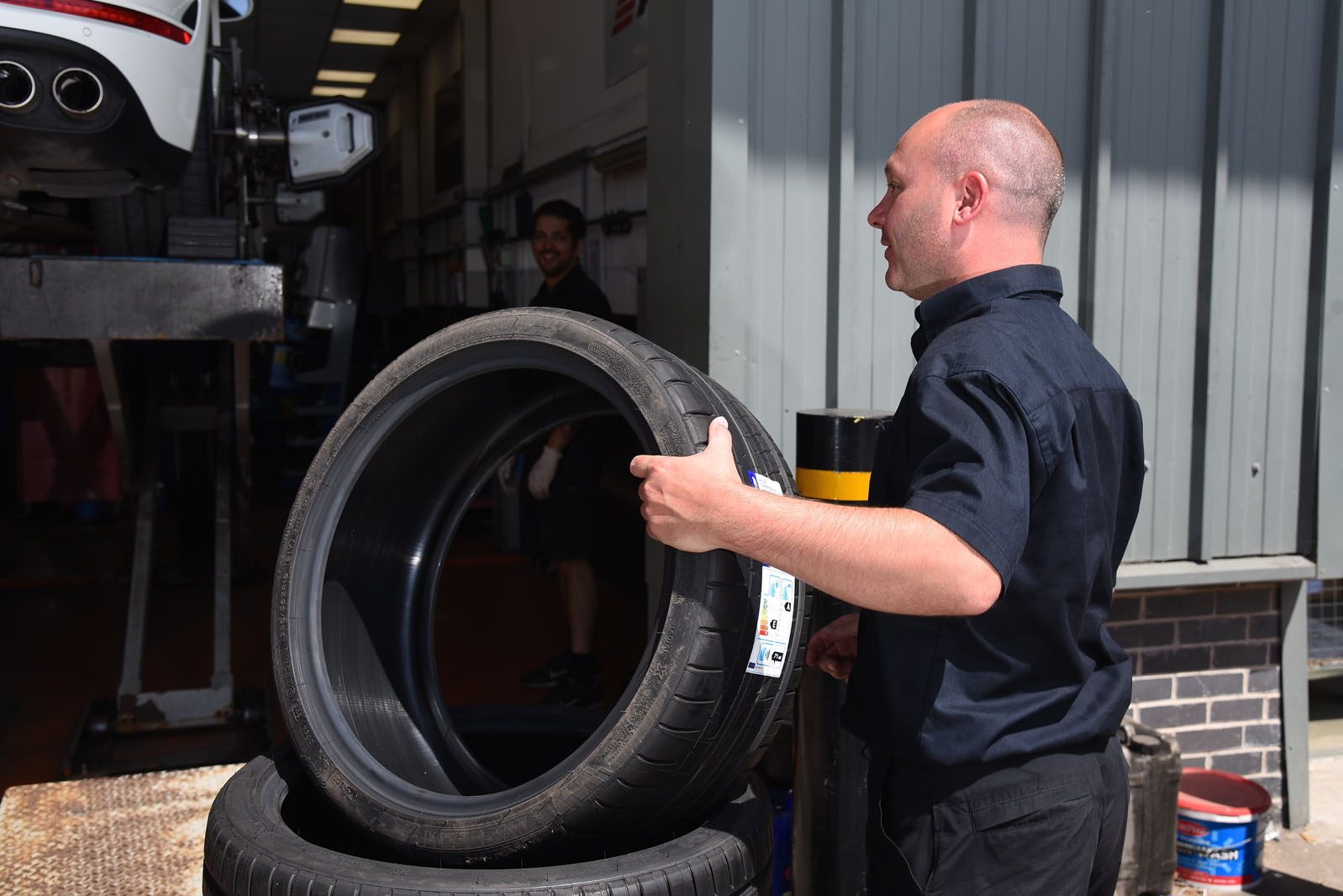
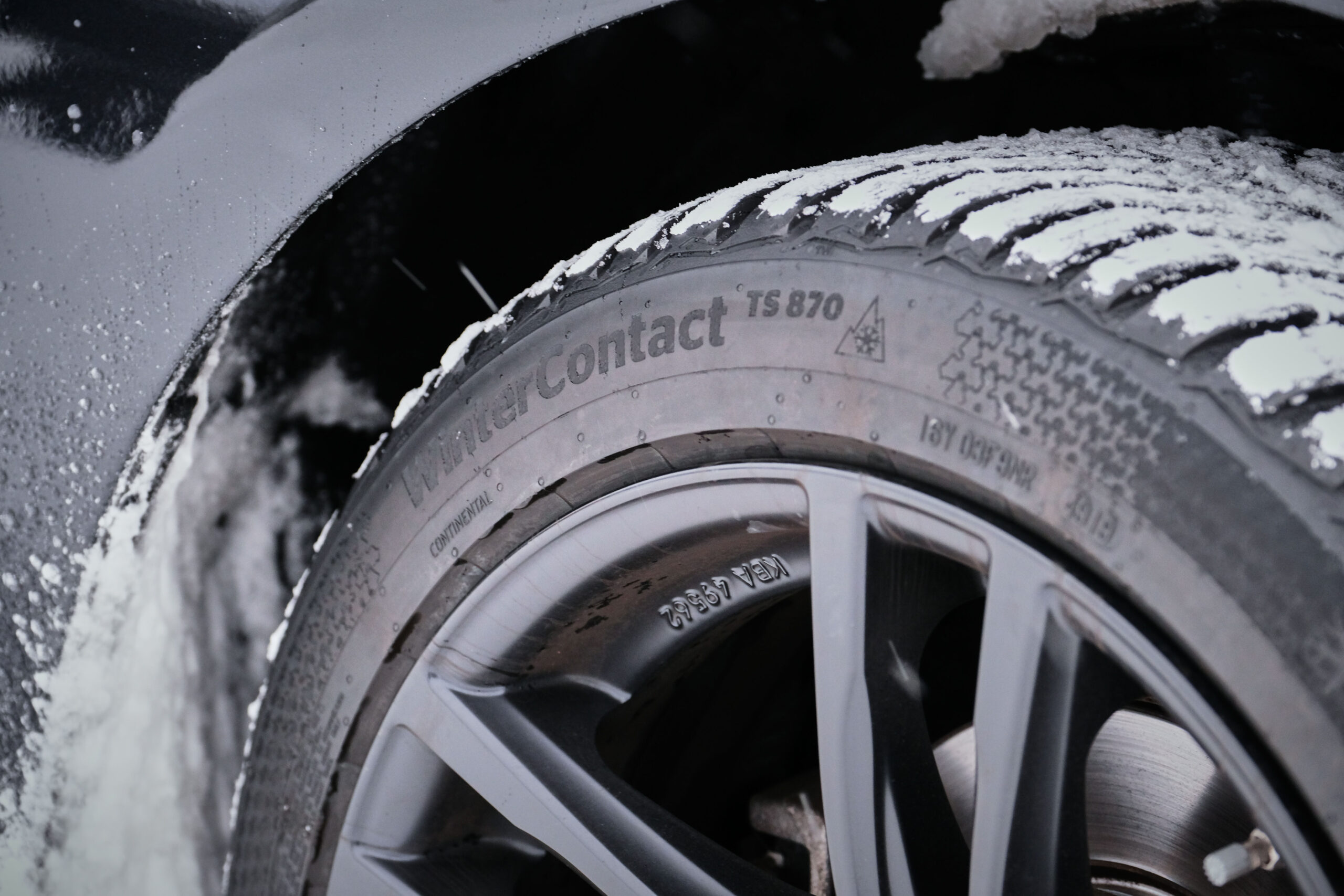
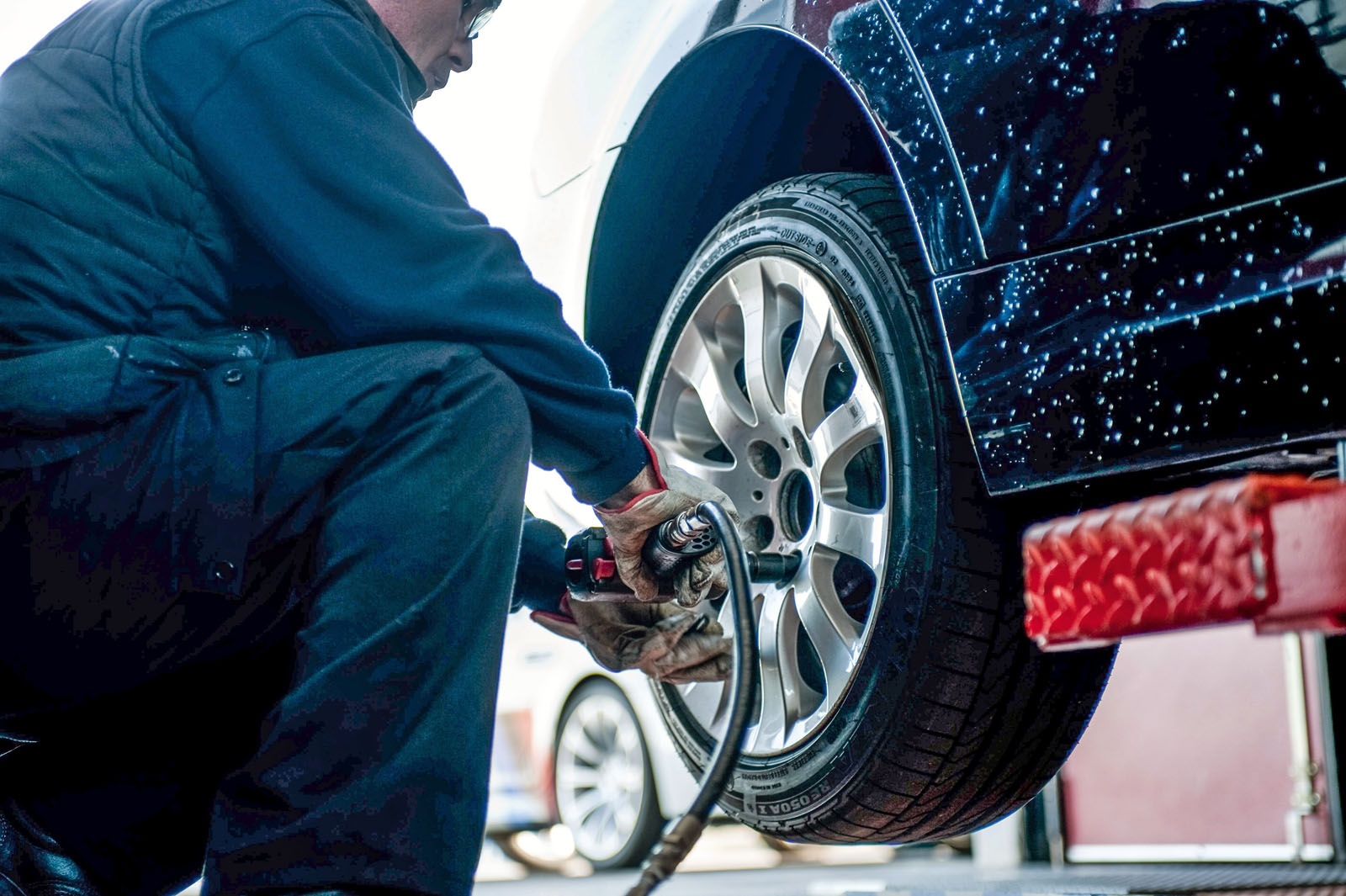
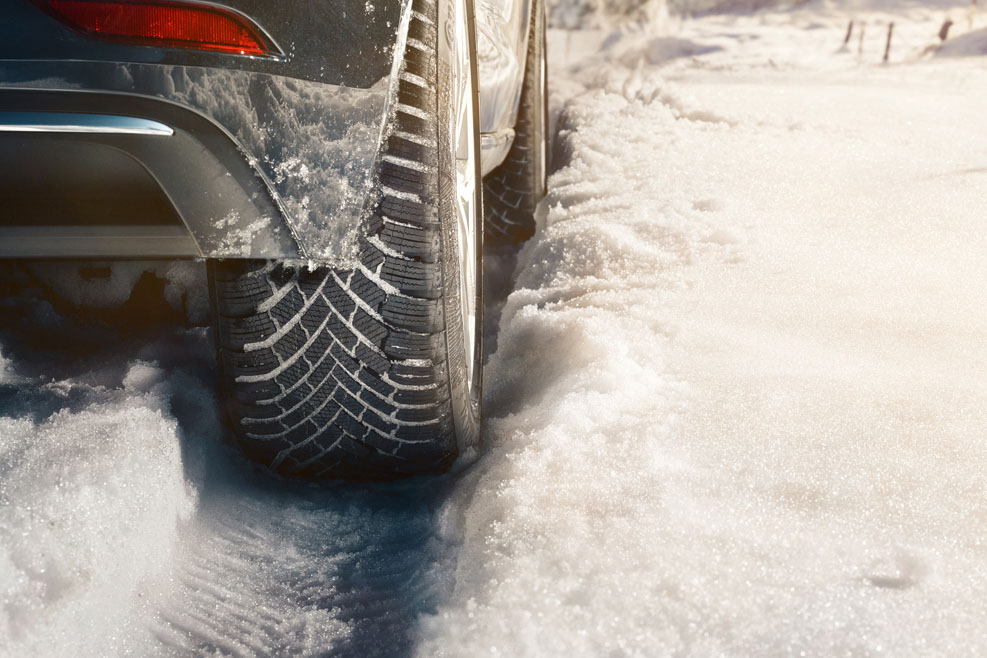
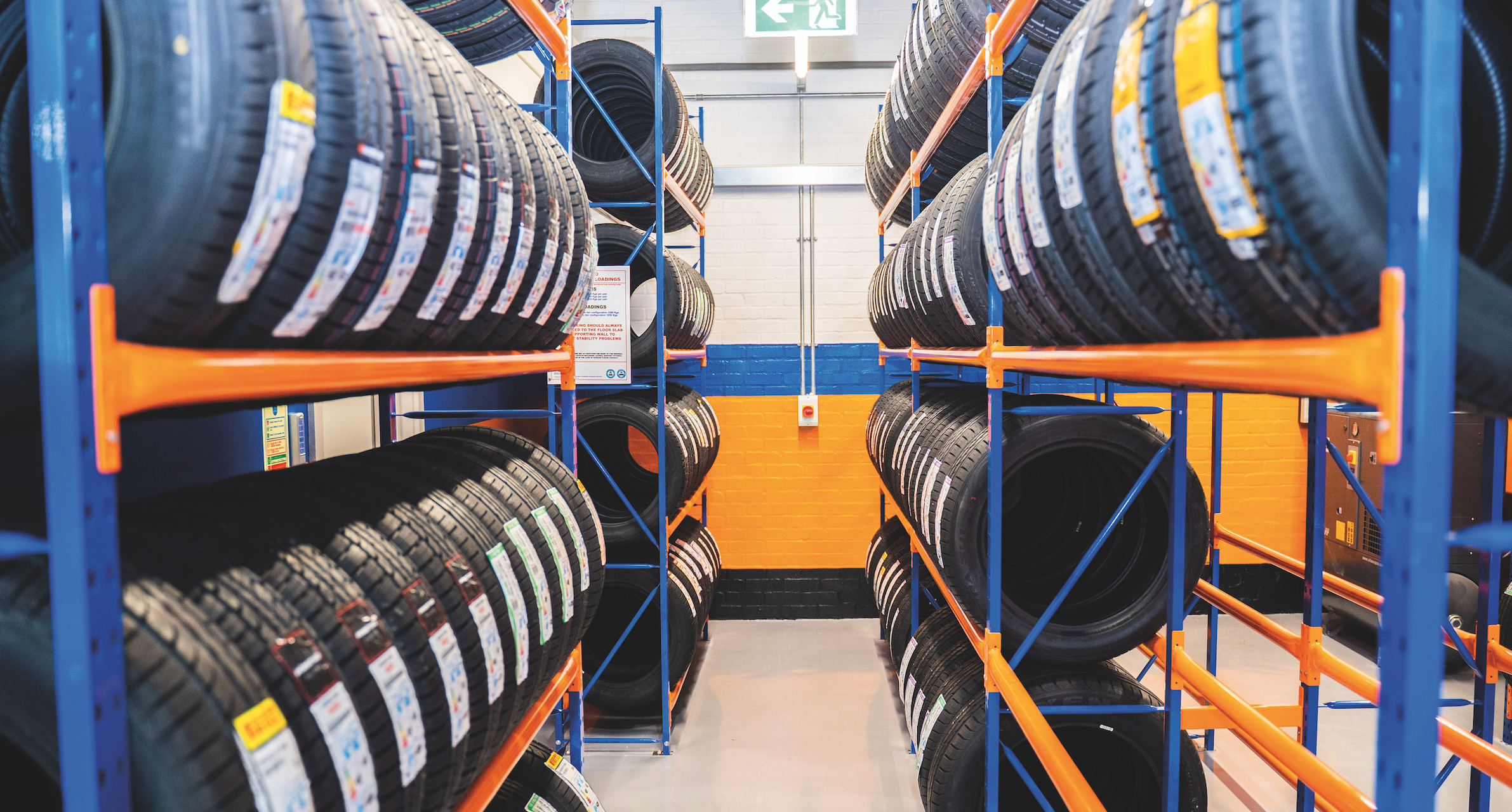



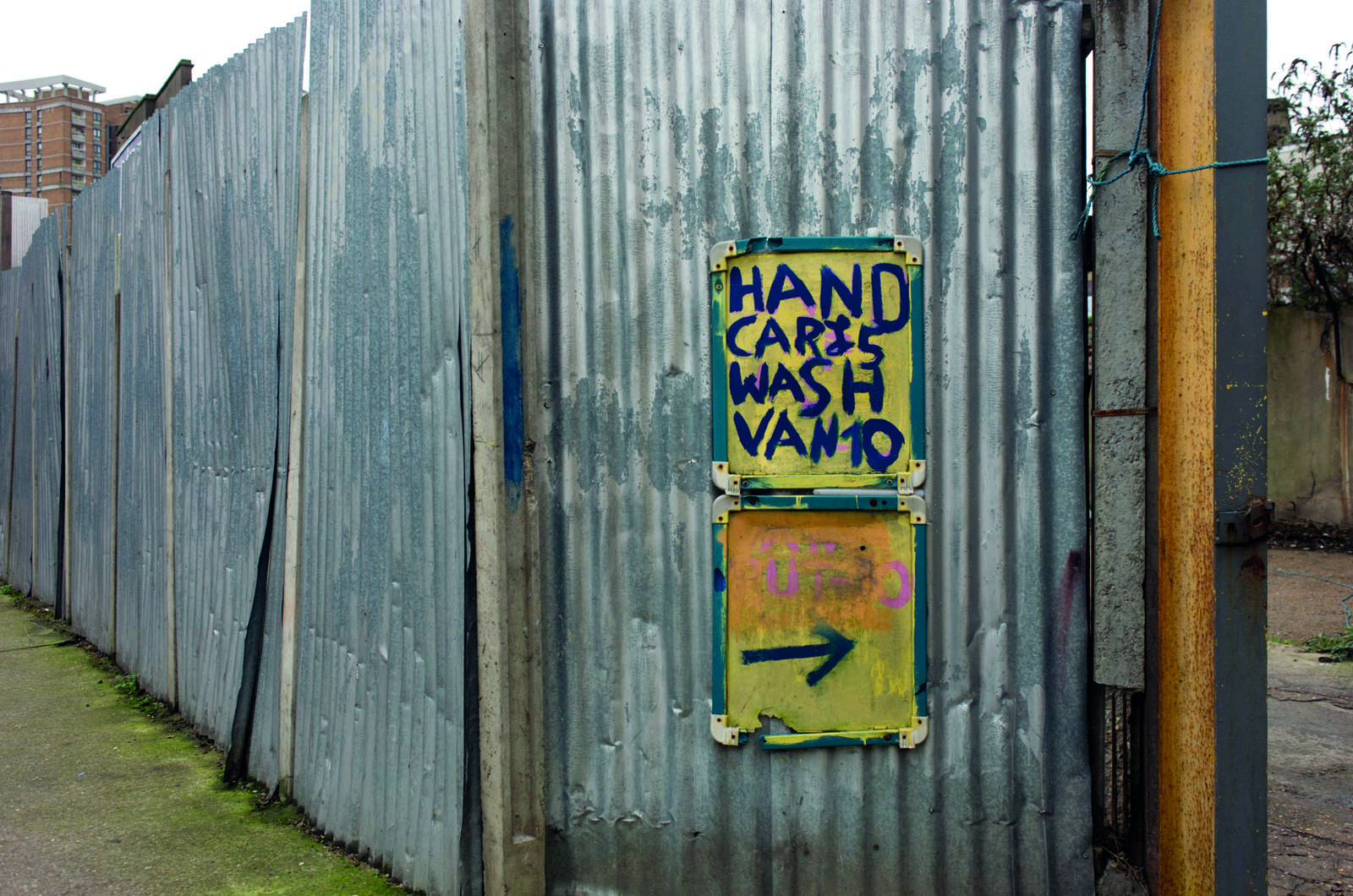






Go to comments